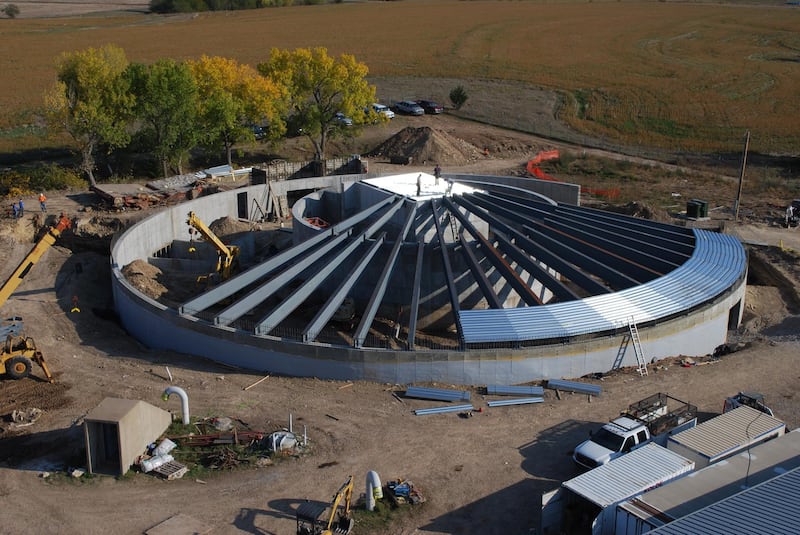The super-rich are looking at luxury doomsday bunkers in America that can withstand a nuclear attack or catastrophic natural disaster.
These units are known as “survival condos” and are many metres underground in a former Cold War-era missile silo in Kansas. People can try to ride out the worst there for at least five years.
Prices start at $1.5 million (Dh5.5m) for a basic 85 square metre unit, while a cool $50 million (Dh183 million) can get you the entire 15-storey silo, which can accommodate 120 people.
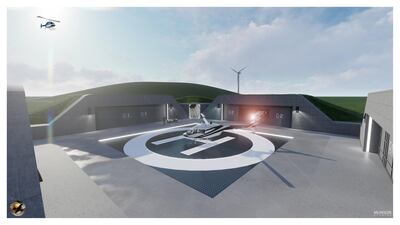
No firm purchases have been made and the identity of those interested is not clear as they are represented by third parties who sign non-disclosure agreements. But developer and owner Larry Hall believes the interest is serious and has even been asked to produce designs for a mosque and helicopter pad by one client.
Mr Hall told The National he knows of several interested buyers in the UAE who want to inspect the doomsday bunkers.
“We were recently asked to show both the completed silo and the new one that is under construction to a group from the UAE,” Mr Hall said.
“We are hoping that this visit happens in January. The new facility has a narrow window in the schedule to support these types of changes but that window will be closing fairly soon.”
These people are believed to be rich and influential figures who want to buy the whole silo rather than individual units.
“I would say this is unique to the Middle East as their interest is the entire facility – which is much more interesting.”
Residents would have access to a swimming pool, dog-walking park, rock climbing, a classroom, theatre and a shop. An aquaponic farm produces food. Special lighting and plans to rotate communal jobs to fight boredom are part of efforts to meet the psychological challenges posed by long-term life underground. A community group enforces living rules.
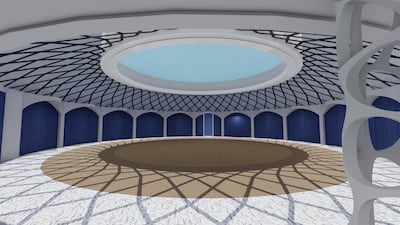
Renewable energy comes from wind turbines supplemented by diesel generators, while water comes from an aquifer. Buyers also must pay monthly service charges, excluding tax. There is 24-hour security.
Mr Hall has completed one silo, while the second is expected to be finished within 16 months. The existing bunker has 12 units, while the newer one will be bigger and could accommodate 24 units.
The original silo is sold out and those who purchased units are largely self-made millionaires who bought them for their families.
Mr Hall owns one of the units himself and said he believes interest from the UAE and the Gulf region to be even greater than he is aware of because non-disclosure agreements stop agents from revealing buyers' identities. Those interested also tend to be secretive.
The developer said one agent, who claimed to represent clients in the UAE, Saudi Arabia and China, told him that in all three cases the buyer wanted a “safe space” for their citizens.
“He [the agent] used the examples of students going to American universities, diplomats and even engineers and their families living or working in the US,” Mr Hall said.
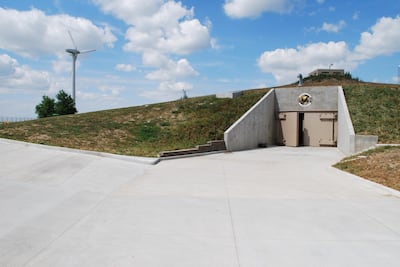
“The concern was also the same – if some catastrophe, either man-made or a natural disaster were to happen, these citizens would have a safe place to go on short notice to find safety.”
The silo's upper section has 2.7-metre thick walls that can withstand a nuclear blast producing winds of more than 3,200kph. There are also advanced communications systems and residents would also be given secure transport to the silo in the event of a disaster.
Known as Altas F, the silos were named after a type of intercontinental ballistic missile, and only 72 were built by US army engineers in the 1960s. Most of them were decommissioned by the 1970s and sat idle for years until Mr Hall bought one for $300,000.
He previously worked as a government contractor and saw a gap in the market after 9/11 when emergency planning re-emerged as a government priority. He sank millions of his own money into the project.
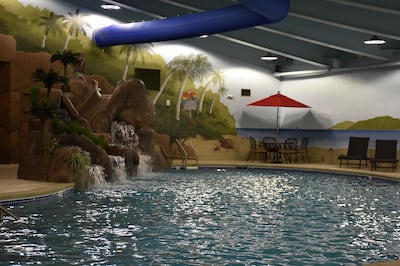
The rising interest in these units is linked to the "prepper", or survivalist, movement, whose members stockpile food, water and medicine in readiness for a worst-case scenario.
“The interesting fact about Kansas is that it is in the middle of nowhere,” said Mr Hall.
“But it is halfway to everywhere.”
_______________
Read more:
The Middle East will be among the first casualties of Trump's climate change denial
At-risk nations to make case at UN climate summit
_______________
